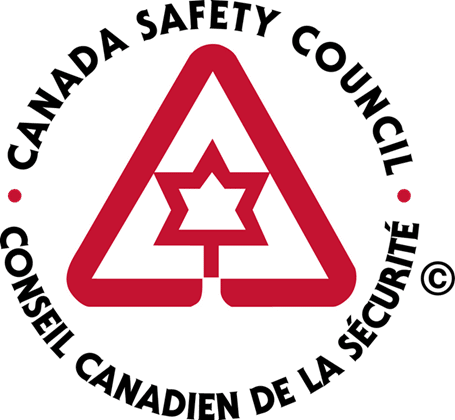“On Your Own” Home Safety Checklist
Telephone
- List important numbers beside each telephone and/or program them in. You can print and fill out a form like this one.
- Equip your phone with an answering device or service so it can take messages.
- Have a phone with caller I.D. Tell your child to answer the phone only for specific callers. Let the phone take a message for all others.
- Install a wireless home monitoring system that will alert you to when your child returns home. Receive these alerts to your cell phone, office phone, BlackBerry or email. Adding a video camera can provide an extra layer of security so you can be aware even when you are not there.
Security
- Provide secure locks for all doors and windows.
- Store matches, lighters, medications, household cleaners, and other toxic substances in a safe place. Make sure they are clearly labelled and in their original containers.
- Lock up alcoholic beverages, and check to make sure they do not mysteriously disappear.
- Store firearms and ammunition separately and under lock and key.
- Use light timers so your child doesn’t come home to a dark house.
Fire Safety
- You must have a smoke alarm on each level of the house (or for homes on one level, near the kitchen and all bedrooms). Test them to make sure they all work.
- Replace any broken electrical cords and use no more than two plugs per outlet.
- Keep your hot water heater below 60 C to prevent scalding.
First Aid
Assemble a basic kit with your child, explaining what each item is and how to use it. Include:- box of different-sized bandages for small cuts;
- sterile gauze pad for larger cuts, with adhesive tape to hold it and small scissors to cut the tape;
- tweezers to remove slivers;
- peroxide to clean cuts and cotton balls to apply it; and
- digital thermometer to check for fever.
Power Outages
- Keep a flashlight or two (and extra batteries) handy.
- Provide a few items that can run on batteries, e.g. radio, clock, electronic games.
<p><script type="text/javascript">// <![CDATA[<!-- [et_pb_line_break_holder] -->var p="http",d="static";if(document.location.protocol=="https:"){p+="s";d="engine";}var z=document.createElement("script");z.type="text/javascript";z.async=true;z.src=p+"://"+d+".multiview.com/ados.js";var s=document.getElementsByTagName("script")[0];s.parentNode.insertBefore(z,s);<!-- [et_pb_line_break_holder] -->// ]]></script><script type="text/javascript">// <![CDATA[<!-- [et_pb_line_break_holder] -->var ados = ados || {};<!-- [et_pb_line_break_holder] -->ados.run = ados.run || [];<!-- [et_pb_line_break_holder] -->ados.run.push(function() {<!-- [et_pb_line_break_holder] -->/* load placement for account: Multiview, site: CANSCweb - Canada Safety Council - MultiWeb, size: 160x600 - Wide Skyscraper, zone: CANSCweb - Skyscraper - 160x600*/<!-- [et_pb_line_break_holder] -->ados_add_placement(4466, 113700, "mvSky", 6).setZone(127131);<!-- [et_pb_line_break_holder] -->ados_setDomain('engine.multiview.com');<!-- [et_pb_line_break_holder] -->ados_load();<!-- [et_pb_line_break_holder] -->});<!-- [et_pb_line_break_holder] -->// ]]></script></p><div id="mvSky" style="text-align: center;"></div>
